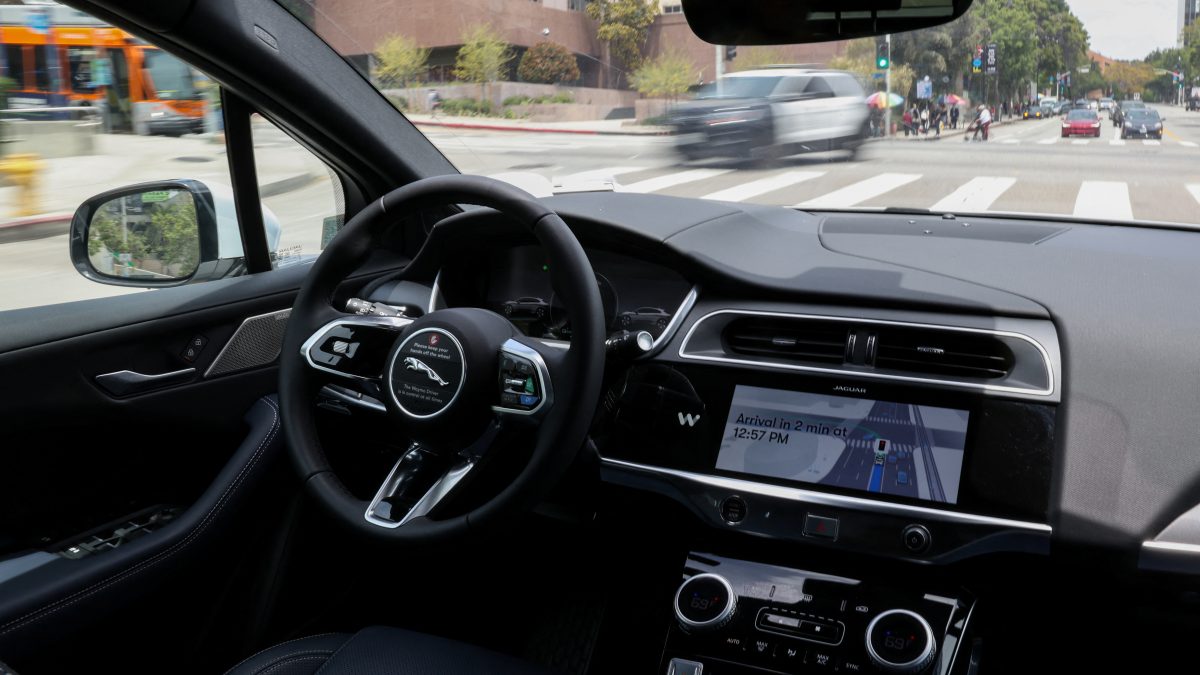The question always was who will buy Nokia? Today that was answered with Microsoft agreeing to pay $7.2 billion for Nokia’s handset business and manufacturing patents. Post the deal, it will strengthen the Windows 8 brand with Microsoft now manufacturing both the device and the software. So is the price of $7.2 billion too much to pay for the Lumia brand of phones? For most consumers, when it comes to a Windows Phone 8 device, the brand that pops into their head is Nokia’s Lumia. Of course, Samsung and HTC had also launched Windows 8 mobiles but they didn’t make much of a sales dent. As
IDC noted it is Nokia Lumia that has accounted for 81.6 percent of all Windows Phone smartphone shipments during Q2 of 2013. The Lumia brand effectively helped Windows Phone 8 beat BlackBerry for the third spot as far as the smartphone OS is concerned. After the deal, the Lumia and the Microsoft brand will merge. [caption id=“attachment_1081861” align=“alignleft” width=“380”] Nokia Lumia 920 is seen in this file photo. Reuters[/caption] In terms of numbers, 2013 has seen modest growth for Lumia. According to
Gartner , Nokia’s Lumia sales grew 112.7 percent in the second quarter of 2013 thanks to its expanded Lumia portfolio such as Lumia 520 and Lumia 720. “With the recent announcement of the Lumia 1020, Nokia has built a wide portfolio of devices at multiple price points, which should boost Lumia sales in the second half of 2013,” said Anshul Gupta, analyst with Gartner. In short, Windows 8 has gained some nominal success this year and managed to establish itself as number three in the market. And the credit for that goes to the Nokia Lumia brands. 8.7 million Windows Phones were shipped in Q2 of 2013, which gave Microsoft a modest market share of 3.7 percent.
According to IDC , Windows Phone posted the largest year-over-year increase among the top five smartphone platforms. So yes, for Microsoft, the licensing deal has worked with Nokia’s Lumia brand as far as gaining some attention goes. But it does not yet pose a serious threat to Google’s Android or Apple’s iOS. In fact, in the biggest smartphone market in the world, that is China, Nokia is not even in the top five,
according to research firm Canalys. In India, Nokia is at number 4 and while phones such as Lumia 520 and 720 have done well for the firm, Android phones by Micromax, Karbonn and other Indian brands are doing much better. As far as product development and launches are concerned, in July Nokia launched the Lumia 1020, a new Windows Phone 8 device but with a 41 megapixel camera. The phone also has a dual-core processor and a 4.5-inch AMOLED screen. The company is rumoured to be working
on a new Windows RT Tablet code-named Sirius and
6-inch phablet mobile as well, codenamed Bandit. The Bandit will be one of the first Lumia/Windows Phone 8 device which will support 1080p screen resolution and a quad-core processor according to the
rumour mills. Nokia and Microsoft still have a few tricks up their sleeves and if the company’s 6-inch phone does well in key markets such as China, US and Europe, it could help them get back in the game. But this was what Nokia and Microsoft had hoped for when they had launched Lumia 920, which was followed by a Lumia 925 that had the same specs as the 920 but an aluminium body.
In fact analysts mocked the Lumia 925 as looking like the Lumia 920 on a diet. The fact is that Lumia’s flagship devices such as Lumia 920 , 925, etc are not the most talked about phones for the brand. The phones that are doing well for Lumia are the 520, 720, the lower-end phones. The fact is that Lumia still hasn’t launched a phone that is equivalent to say Apple’s iPhone 4S or Samsung’s Galaxy SIII. Till it does that, the Lumia brand doesn’t seem to be worth the $7.2 billion.
So is the price of $7.2 billion too much to pay for the Lumia brand of phones?
Advertisement
End of Article


)

)
)
)
)
)
)
)
)



